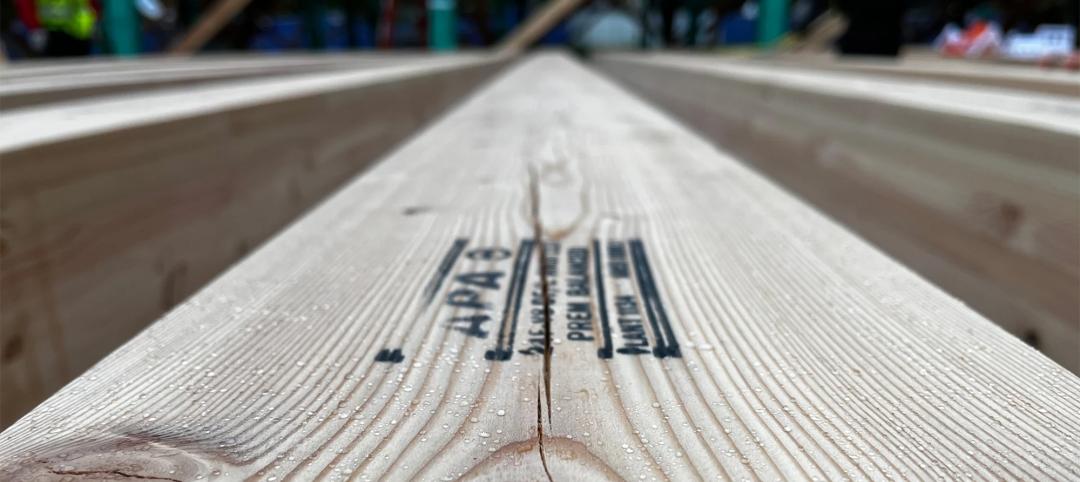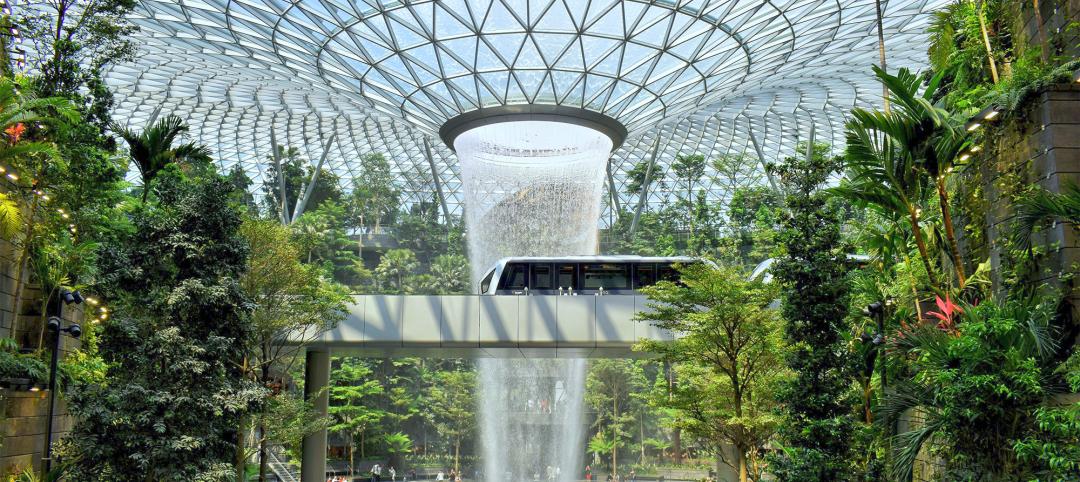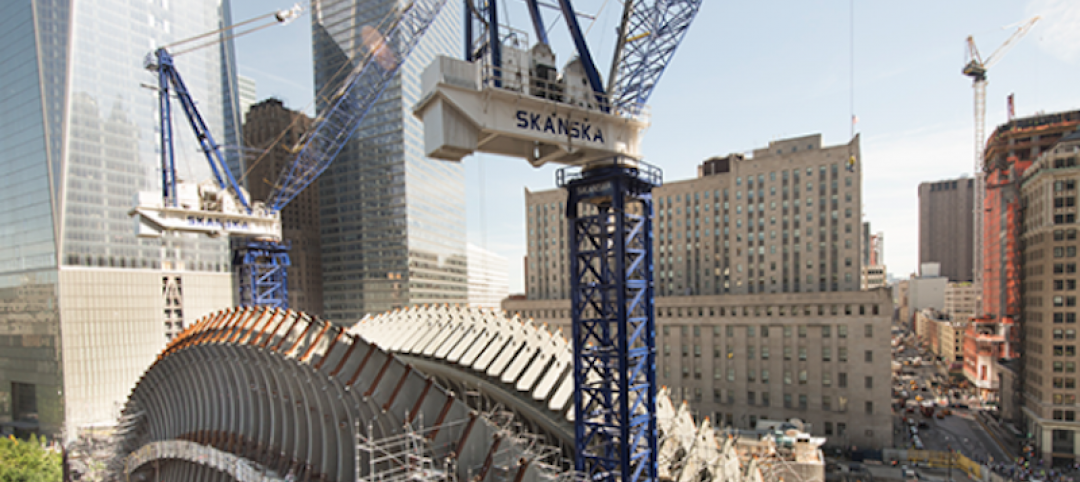Beyond reducing the number of uninsured Americans, the Affordable Care Act is driving new types of healthcare facilities, especially patient-centered medical homes.
PCMHs are spaces that support a team-based approach to patient care, with physicians, nurse practitioners and some specialists operating under one roof – a one-stop shop for patients. Through this collaborative approach, PCMHs enable better patient care and improve the efficiency of delivery.
But where might a PCMH work from a real estate perspective? And how might such an environment enhance the medical care being delivered within?
At Skanska, we’re seeing PCMHs work in a variety of settings, including:
1. On campus-solutions: This is the old model of medical office building combined with preventive care, education centers and diagnostics.
2. Retail settings: More clients are talking about going into vacant big box retail locations. This solution is exciting because you are going into a retail setting that is already established, has existing clientele, and the local healthcare provider’s name would be on the side of the building – a significant branding opportunity.
One example of this is Vanderbilt Health in Nashville. Vanderbilt went into the space that once housed the One Hundred Oaks Mall, which was in decline and threatening to become another casualty of suburban blight, and transformed and rebranded it into a healthcare complex known as the Vanderbilt Health One Hundred Oaks.
3. Redevelopment of existing office space: In some areas, developers are coming out of the recession holding a lot of space, including office space, which is being repurposed for medical office use. There is not a lot to do to re-purpose– often, office space features a very nice, high-end entry that carries over to healthcare uses. It also requires a fairly low investment level (tenant build-out) with a faster return.
Once the most appropriate site has been selected, the interior and technological approach to the PCMHs can also reap significant dividends, including:
1. Energy reduction: Energy presents one of the best and biggest opportunities for the healthcare industry to reduce costs with an efficient use of day-lighting, shared resources and better planning. With building types like PCMHs, we can really affect the amount of energy used in the healthcare industry.
2. Technology integration: Healthcare technology has rarely been incorporated directly into the built environment. For example: space is built for MRI or CT scans, but the building itself doesn’t fully integrate with such equipment. As we move to hand-held devices, robotics and telemedicine, this becomes increasingly important. With PCMHs, it is possible to bring three or four physicians into a room with a patient with only one doctor physically present and the rest connected through video conferencing.
3. Medical records storage: We are starting to see is a reevaluation of all square footage– looking at an existing facility and making sure every square foot owned is generating revenue. The use of electronic medical records vacates spaces in the healthcare environment that could be revenue producing spaces.
The whole idea of the PCMH concept is that it goes beyond sharing files and equipment: to make everything patient centered while also decreasing overhead, and lowering initial capital costs. As a result, doctors can experience return on investment much faster and patients can receive more convenient care. This is where the industry is headed.
About the Author
Andrew Quirk is a Senior VP and National Director of Healthcare Center of Excellence at Skanska USA.
Read more blog posts by Skanska USA
More from Author
Skanska | Sep 26, 2024
5 lessons in water mitigation for mass timber projects
Sustainability leaders from Skanska, RDH, and Polygon share five tips for successful water mitigation in mass timber construction.
Skanska | May 6, 2024
The benefits of biophilic design in the built environment
Biophilic design in the built environment supports the health and wellbeing of individuals, as they spend most of their time indoors.
Skanska | Dec 4, 2023
4 key innovations and construction trends across airport design
Here are some of the key trends Skanska is seeing in the aviation sector, from congestion solutions to sustainability.
Skanska | Jun 29, 2023
K-12 school construction: 5 ways strong community relations can lead to success
When constructing a K-12 school, building positive relationships with the community—including students, parents, school staff and residents—is critical to the success of the project. Here are five ways Skanska puts the community first when building K-12 schools in the Pacific Northwest.
Skanska | Mar 14, 2023
Skanska tests robots to keep construction sites clean
What if we could increase consistency and efficiency with housekeeping by automating this process with a robot? Introducing: Spot.
Skanska | Jan 27, 2023
Key takeaways from Autodesk University 2022
Autodesk laid out its long-term vision to drive digital collaboration through cloud-based solutions and emphasized the importance of connecting people, processes and data.
Skanska | Dec 5, 2022
5 ways sustainability professionals can help reduce construction's carbon footprint
Mark Chen, Sustainability Manager at Skanska, has found five specific ways to help the construction industry reduce its carbon footprint.
Skanska | Jul 5, 2022
Tour the new Patricia Reser Center for the Arts in Oregon
This month, the community of Beaverton, Oregon, welcomed a new haven for artistic expression with the opening of Patricia Reser Center for the Arts (The Reser).
Skanska | Jun 22, 2018
What owners should know before choosing the design-build project delivery method
Outside of drawing up a well-written contract, owners often overlook a key attribute that can significantly impact the success of a design-build project, writes Skanska’s Julie Hyson.
Skanska | Dec 7, 2017
Busting the myths: What the “S-word” can mean for construction and development
Sustainability, it’s a trendy term. The problem, however, is that it’s being used in so many different ways that people don’t even know what it means anymore.
















